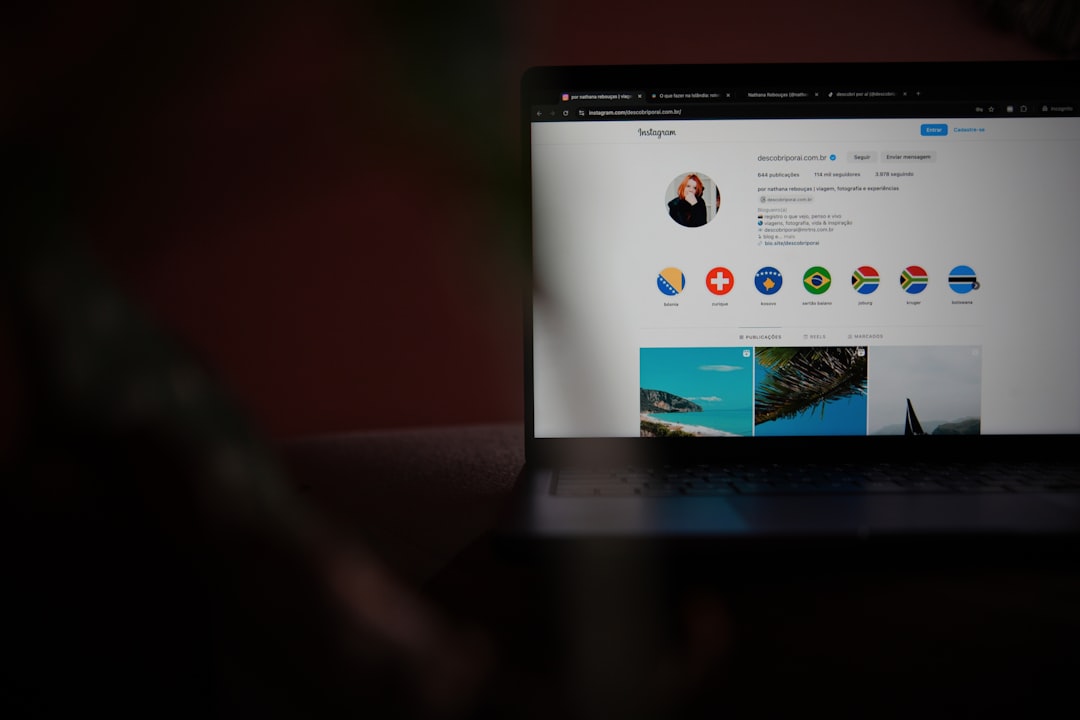Social media has become an essential tool for businesses of all sizes to attract, engage, and convert customers. For small businesses, in particular, social media advertising offers an affordable and highly targeted avenue for reaching specific audiences. But with so many options—Facebook, Instagram, TikTok, LinkedIn, Twitter (now X), Pinterest, and more—how do you choose the best platform and approach that aligns with your budget and goals?
This guide will help you understand how to navigate the landscape of social media advertising and make smart decisions that maximize your return on investment.
Understanding Your Advertising Goals
The first step in choosing the right social media advertising platform is defining your goals. What do you want to achieve with your campaign?
- Brand Awareness – Spread the word about your business to a broader audience.
- Website Traffic – Drive visitors to your website or landing page.
- Lead Generation – Attract potential customers who might be interested in your product or service.
- Sales and Conversions – Encourage people to make a purchase or take a desired action.
- Customer Engagement – Create a loyal community around your brand by fostering interaction.
Each social platform offers different strengths, and your goals should guide your choices from the start.
Knowing Your Audience: Where Do They Spend Time?
Different demographics use different platforms, so it’s vital to choose the one where your audience is most active. Here’s a basic breakdown:
- Facebook – Broad reach, excellent targeting options. Ideal for users 25–54.
- Instagram – Highly visual, appeals to users under 35. Great for lifestyle and fashion brands.
- TikTok – Video-driven platform that dominates Gen Z and younger millennials.
- LinkedIn – A professional audience. Perfect for B2B and service-based businesses.
- Pinterest – Strong interest in home, DIY, fashion, fitness. Often used by planners and shoppers.
- X (formerly Twitter) – Fast-moving conversations, ideal for real-time engagement and trending topics.
Take some time to understand your customer demographics, behaviors, and interests. Tools like Google Analytics, Facebook Insights, and customer surveys can provide valuable information.
Setting a Realistic Budget
Your advertising budget should align with both your business size and your objectives. The great thing about social media advertising is that you can start with as little as $5 a day on most platforms. However, keep in mind:
- Ad quality and campaign duration often matter more than just spend.
- For short-term campaigns, you’ll need a higher daily budget to see results faster.
- Long-term campaigns can be run on smaller daily budgets, gathering results over time.
As a rule of thumb, allocate at least 20% of your digital marketing budget to testing. Try multiple platforms or ad formats to see which performs best before scaling up your investment. Don’t spend your entire budget on one ad without knowing how it converts!
Platform Comparison: Pros and Cons
To help you hone in on what’s right for you, here’s a comparison of some of the top platforms for small business advertising:
| Platform | Pros | Cons |
|---|---|---|
| Massive reach, advanced targeting, versatile ad formats | Ad costs rising, limited organic reach | |
| Great for visuals, stories, and influencers | Hard to link out directly in posts | |
| Perfect for B2B, professionals, and services | Higher cost-per-click (CPC) | |
| TikTok | High engagement, trendy content, great for creativity | Challenging for conservative or B2B brands |
| High-intent users, longer content life, great for leads | Lower use among male demographics |
Choosing the Right Ad Format
Next, consider what type of ad content best aligns with your brand and goals. Common ad formats include:
- Single Image Ads – Simple and effective for quick communication.
- Video Ads – Great for storytelling and showing product features.
- Carousel Ads – Display multiple images; ideal for showcasing collections.
- Story or Reel Ads – Full-screen, immersive experiences on Instagram, Facebook, TikTok.
- Lead Generation Forms – Collect user info directly through the ad, especially on Facebook and LinkedIn.
Match the format to what your audience is comfortable with. For instance, if you’re targeting a visually driven demographic, carousel or video ads on Instagram may produce great results.
Test, Analyze, and Optimize
No matter how appealing your first ad seems, testing is essential. Even with limited budgets, consider A/B testing different headlines, images, or CTAs. Platforms like Facebook and LinkedIn allow you to run multiple ads in a single campaign, and they’ll automatically boost the best performers.
Once your ad is running, monitor metrics such as:
- Click-through rate (CTR)
- Cost per click (CPC)
- Conversion rate
- Engagement (likes, shares, comments)
Use these insights to adapt your strategy. Adjust targeting, update visuals, or change copy based on what resonates best.
Stretching Your Budget Further
To make the most of a small budget, you can apply a few smart strategies:
- Use retargeting ads to reach users who’ve already visited your site, which typically converts at a higher rate.
- Boost high-performing organic posts instead of creating ads from scratch.
- Use a common creative template to reduce design costs across platforms.
- Create user-generated content contests to drive engagement without spending more on ad production.
Remember, paid social should work alongside your organic strategy. The more value your brand brings through regular posting, the more your ads will resonate.

Don’t Forget the Funnel
Think of your advertising efforts as part of a funnel. Not everyone is ready to buy the moment they first see your ad. Create campaigns tailored for different stages:
- Top of Funnel: Awareness ads, entertaining videos, and brand storytelling.
- Middle of Funnel: Product demos, testimonials, and case studies.
- Bottom of Funnel: Special offers, limited-time discounts, and retargeting.
By matching your ads to the buyer’s journey, you can move people from awareness to purchase more efficiently—even with a tight budget.
Conclusion: Start Smart, Scale Wisely
Choosing the best social media advertising for your small business isn’t about going big fast. It’s about understanding your goals, knowing your audience, picking the right platform, and using a strategy that suits your budget. Start with experimentation, measure everything, and always be prepared to pivot based on performance.
With a thoughtful approach, even a modest budget can go a long way in helping your brand thrive in the bustling world of social media.


